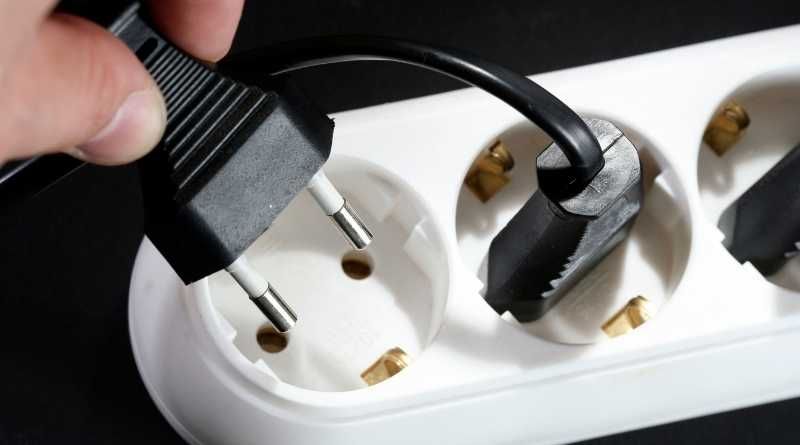There are many kinds of surge protectors to choose from. They differ in the level of protection they offer and in the number of appliances they can accommodate.
You might have your computer and your printer plugged into surge protectors, for example.
But can you plug an AVR into a surge protector?
You can plug an AVR into a surge protector if you wanted to. Although, a good quality automatic voltage regulators will have their built-in surge protector already so there will be no additional benefit. It will only serve as an additional outlet for your electronics.
So you can skip the surge protector and go with an efficient, high-performance automatic voltage regulator.
But like I said, not all AVR has surge protection, so how do you tell if they do?
Table of Contents
How To Know If My AVR Has Surge Protection?
If the AVR has a surge protector’s rating which will be given in Joules of energy showing the maximum voltage they can handle from a power spike, then it’s most likely has built-in surge protection in it.
Typically, these numbers appear on the box itself, on the back, or on the side. If it does not have any numbers or indications I mentioned above then it is simply an ordinary AVR.
The price of an AVR with surge protectors might be a little higher compared to a standard AVR, but remember that they’ll save you thousands in protecting your expensive equipment in your home office.
Difference Between AVR And Surge Protector
Even though automatic voltage regulators often function as surge protectors as well, automatic voltage regulators and surge protectors are NOT the same thing.
Surge protectors, like the ones you typically find on power strips, are built out of what are called Metal Oxide Varistors. They work as devices that shunt high voltage spikes to prevent them from entering your electronics or causing damage.
They last a limited time, usually specified as a total amount of energy that can be absorbed before they stop working. 600 to 2000 joules, for instance, is not uncommon. However, surge protectors do not protect against regular voltage fluctuations, only spikes that are fast and high.
Automatic voltage regulators or AVR, on the other hand, work to keep a stable output.
They do this by switching a power source on and off depending on the rising or falling of the input voltage.
Keep in mind that cheap devices often have a very limited voltage range. For example, some affordable devices can only increase or decrease voltage within a maximum of 10%. They also often have a maximum power rating of 600 Volt-Amps.
Contrary to surge protectors, however, you don’t have to replace them if you stay within the rated voltage, which of course will define the life span of the protector and its effectiveness.
In summary, surge protectors are only meant to protect you from high voltage spikes that are for a very short duration. Automatic voltage regulators increase or decrease voltage gradually over a long period, and they usually come with surge protectors.
Do You Need An AVR?
You might be wondering “what is the safest way to keep my electronics running in case of a blackout?”
While an AVR might be a good idea to protect the sensitive electronics in your home, some people just don’t realize that they might not need one. A surge protector might be all you need.
For example, if you are just using it for light electronics like charging a cellphone or maybe light electronics like laptops, etc.
Also, it depends on the area where you live in. If there aren’t often blackouts and changes in voltage in your area then you can directly plug it on the wall outlet.
However, AVR aren’t that expensive so buying one for the additional protection is not a bad idea too.
Automatic Voltage Regulators are electronic devices or circuits that automatically regulate the voltage output of a load to meet the load current.
For electronics and electronic appliances that may be susceptible to electrical surges like your computers and their peripherals, AVRs are normally necessary to ensure that they are not damaged.
Conclusion
So in conclusion, can I plug an AVR into a surge protector?
The simple answer is yes you can.
Keep in mind though that surge protectors are designed to protect electronic devices from voltage spikes in the home electrical system,
However, they are not designed to provide the power regulation that AVRs provide.
A lot of quality AVR has built-in surge protection. So you can skip the surge protector and go with an efficient, high-performance automatic voltage regulator.


